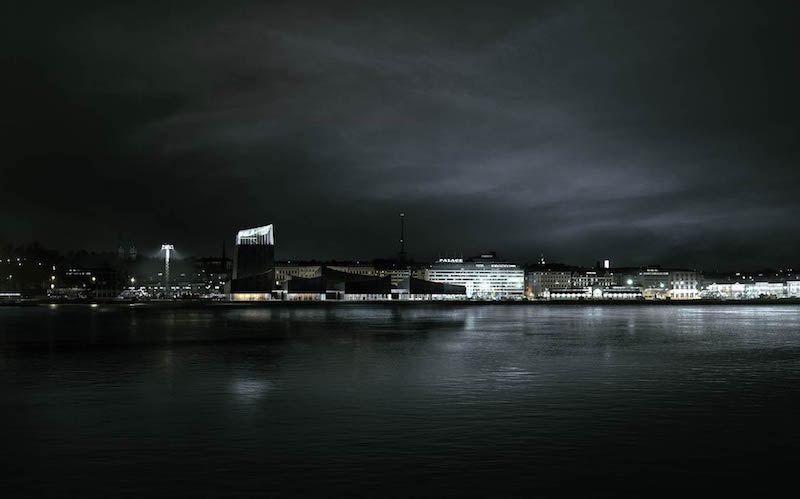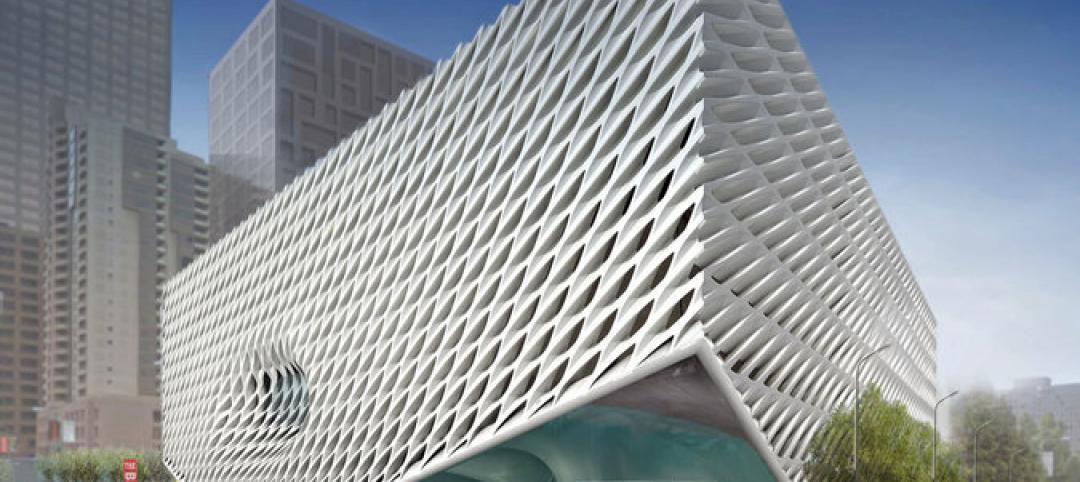Like Wile E. Coyote catching the Roadrunner or the Buffalo Bills winning a Super Bowl, some things are just not meant to be. Now, it seems as though construction of the Guggenheim Helsinki can be added to that list.
The idea for the museum has been divisive among Finnish citizens since it was first proposed in 2012, Curbed reports. Some believed it was a waste of money while others thought it would become a tourist destination and an economic draw. But that argument between the two sides was officially put to rest recently as the Finnish government ruled out state funding for the project.
The museum was expected to cost between $134 and $156 million to build with the government covering about $45 million of the total. With about one-third of the project's funds being eliminated in one fell swoop, the museum's chances at ever being constructed are slim. The Guggenheim Foundation has not given up hope yet, however, as it is attempting to find another way to get the money necessary for construction.
They don’t have long to figure it out, though, as the museum’s reservation for the planned 18,520-sm harborfront site will expire at the end of this year.
The current, and possibly doomed, design for the Guggenheim Helsinki comes from Moreau Kusunoki Architects, a Paris-based firm that won a competition of over 1,715 submissions for the opportunity to design the building.
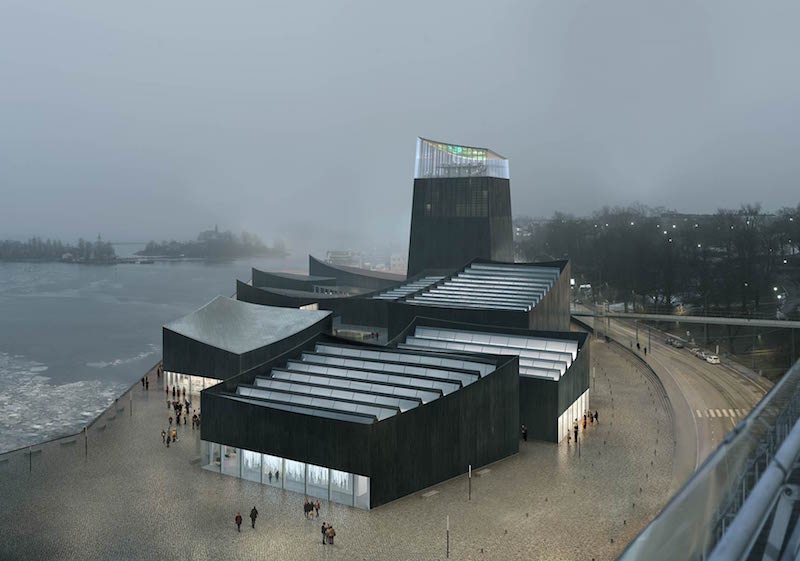 Rendering courtesy of Moreau Kusunoki Architects via DesignGuggenheimHelsinki.org
Rendering courtesy of Moreau Kusunoki Architects via DesignGuggenheimHelsinki.org
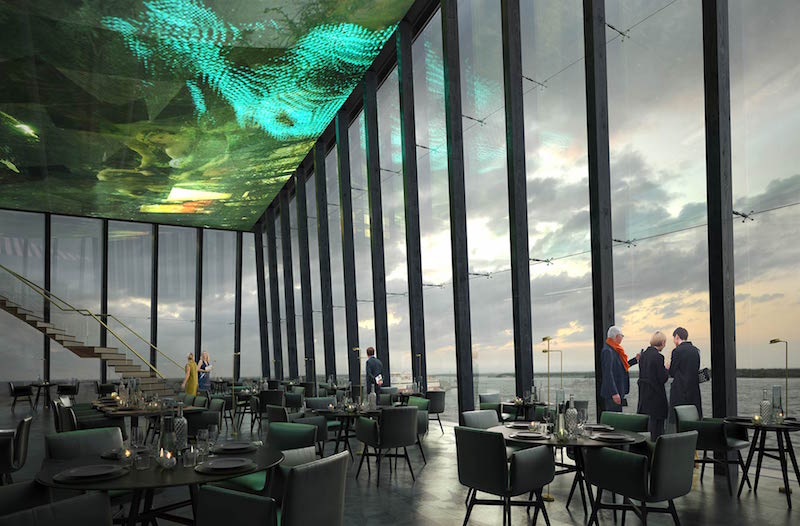 Rendering courtesy of Moreau Kusunoki Architects via DesignGuggenheimHelsinki.org
Rendering courtesy of Moreau Kusunoki Architects via DesignGuggenheimHelsinki.org
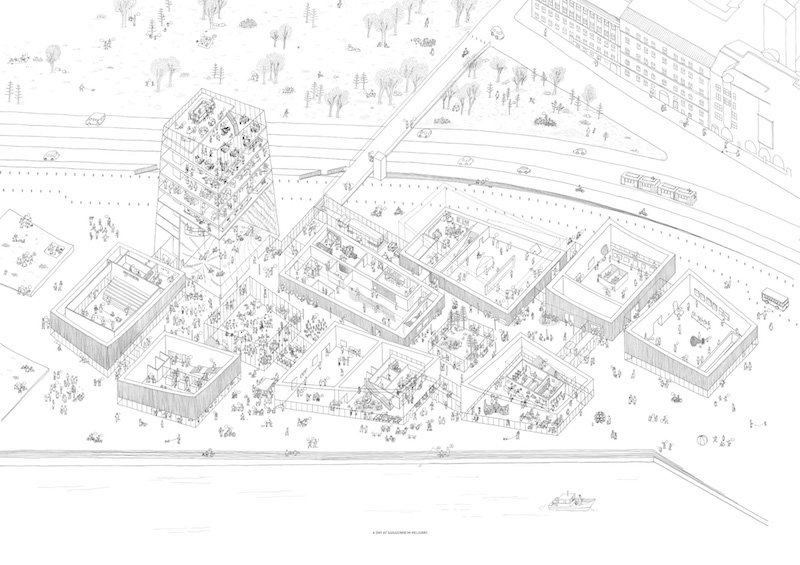 Image courtesy of Moreau Kusunoki Architects via DesignGuggenheimHelsinki.org
Image courtesy of Moreau Kusunoki Architects via DesignGuggenheimHelsinki.org
Related Stories
| Jun 18, 2014
Arup uses 3D printing to fabricate one-of-a-kind structural steel components
The firm's research shows that 3D printing has the potential to reduce costs, cut waste, and slash the carbon footprint of the construction sector.
| Jun 16, 2014
6 U.S. cities at the forefront of innovation districts
A new Brookings Institution study records the emergence of “competitive places that are also cool spaces.”
| Jun 13, 2014
First look: BIG's spiraling museum for watchmaker Audemars Piguet
The glass-and-steel pavilion's spiral structure acts as a storytelling device for the company's history.
| Jun 12, 2014
Tod Williams Billie Tsien Architects' design selected for new UCSC facility
The planned site is a natural landscape among redwood trees with views over Monterey Bay, a site that the architects have called “one of the most beautiful they have ever worked on.”
| Jun 12, 2014
Austrian university develops 'inflatable' concrete dome method
Constructing a concrete dome is a costly process, but this may change soon. A team from the Vienna University of Technology has developed a method that allows concrete domes to form with the use of air and steel cables instead of expensive, timber supporting structures.
| Jun 11, 2014
David Adjaye’s housing project in Sugar Hill nears completion
A new development in New York's historic Sugar Hill district nears completion, designed to be an icon for the neighborhood's rich history.
| Jun 9, 2014
Green Building Initiative launches Green Globes for Sustainable Interiors program
The new program focuses exclusively on the sustainable design and construction of interior spaces in nonresidential buildings and can be pursued by both building owners and individual lessees of commercial spaces.
| Jun 9, 2014
Eli Broad museum files $19.8 million lawsuit over delays
The museum, meant to hold Eli and Edythe Borad's collection of contemporary art, is suing the German company Seele for what the museum describes as delays in the creation of building blocks for its façade.
| Jun 4, 2014
Want to design a Guggenheim? Foundation launches open competition for proposed Helsinki museum
This is the first time the Guggenheim Foundation has sought a design through an open competition. Anonymous submissions for stage one of the competition are due September 10, 2014.
| May 29, 2014
7 cost-effective ways to make U.S. infrastructure more resilient
Moving critical elements to higher ground and designing for longer lifespans are just some of the ways cities and governments can make infrastructure more resilient to natural disasters and climate change, writes Richard Cavallaro, President of Skanska USA Civil.


